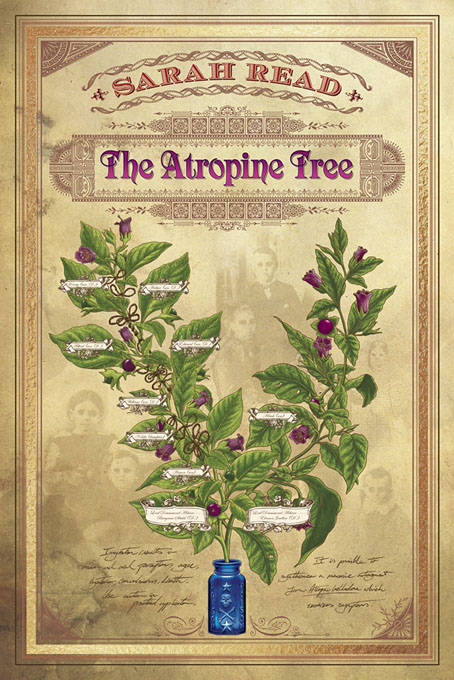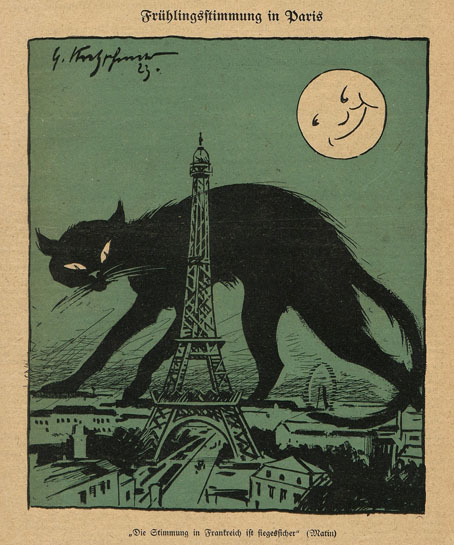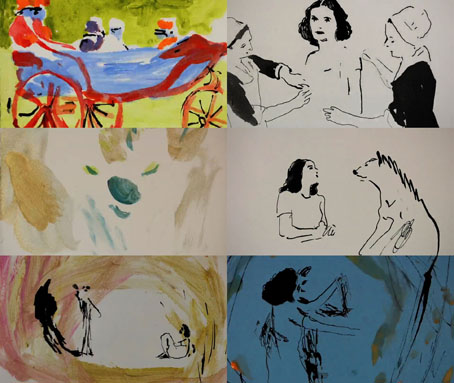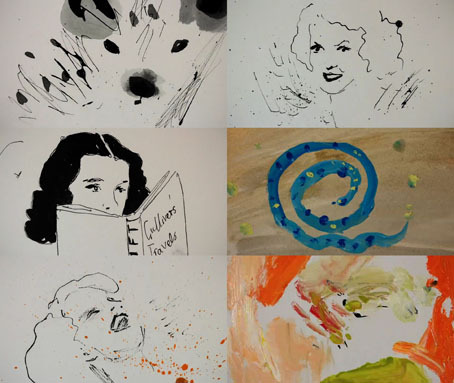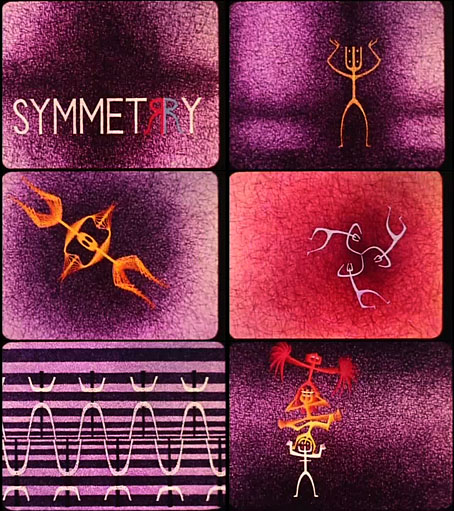My latest piece of cover art is for Doug Murano’s new imprint, Bad Hand Books. I designed the cover for the Behold! collection that Doug edited a few years ago, a book which included the author of the present tale of Gothic horror, Sarah Read:
Aldane Manor is an ancient home of low-beamed ceilings, crumbling walls, poison gardens, and deadly secrets. When Alrick Aldane returns to his family’s house, he expects to simply inherit his father’s land and title. Instead, he discovers that he is also heir to the property’s disturbing history—one full of witchcraft—and a ghostly mystery that could condemn him to a fate worse than death.
The cover for this one had a specific brief which required a family tree presented as two flowering stalks of Atropa belladonna or Deadly Nightshade, with both stalks growing out of a blue-glass poison bottle. Other details follow from the author’s mood board samples: hollow-eyed ghost children and loops of hair. The medical tone of these elements sent me looking at old pharmacy labels which is what I’ve used as a basis for the general design. Old pharmacy labels and medical documents were often just as fancy as any other 19th-century print designs so all the fine details around the title lettering are what printers referred to as “combination ornaments”, tiny typographic embellishments that form detailed patterns when pieced together. The ones seen here have been copied by hand from an old page design. You can scan these things from books, or try working up a vector shape from an Internet Archive scan, but the results are never as sharp or as clear as those you create yourself. For anyone who runs across this post hoping to find a good collection of combination ornaments, the MacKellar, Smiths & Jordan type catalogue of 1892 is a favourite of mine.
The Atropine Tree will be published in July 2024.
Previously on { feuilleton }
• BEHOLD! Oddities, Curiosities and Undefinable Wonders

